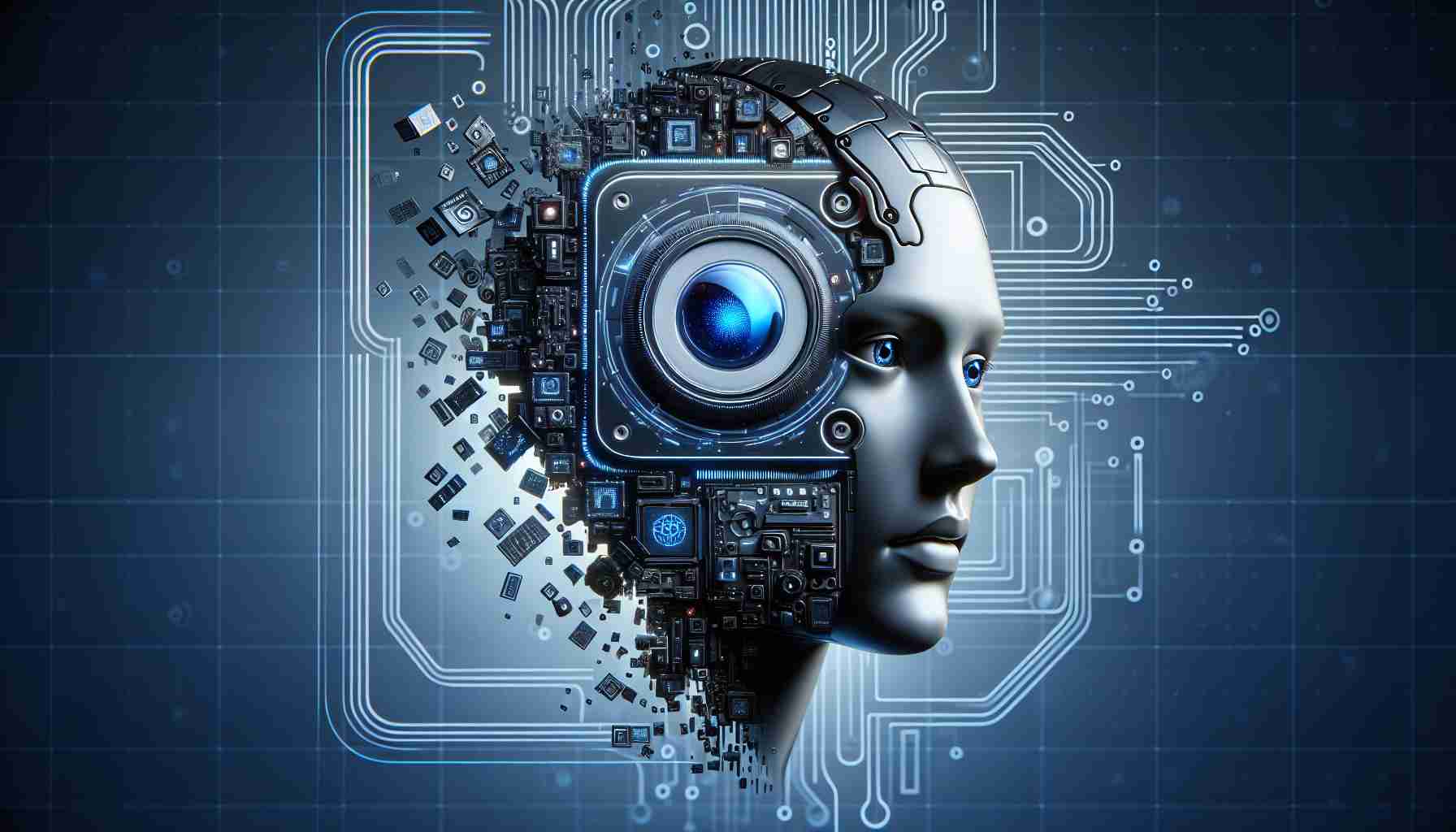Google Enhances AI Focus by Merging Android and Hardware Teams
Google is making significant strategic moves to expedite the incorporation of artificial intelligence (AI) across its devices and services. The tech giant has recently realigned its internal structures, combining its Android software team with the group responsible for the acclaimed Pixel smartphones and Fitbit wearable devices. This new confluence of talent and resources, known as the “Platforms and Devices” division, signifies Google’s intensified commitment to AI integration.
Leadership Shifts to Accommodate New Strategy
The integration of the software and hardware divisions has led to a notable leadership change. Rick Osterloh, previously the head of Google’s consumer hardware efforts, will now have expanded responsibilities, overseeing the melded department. This strategic pivot reflects Google’s growing reliance on AI, particularly emphasized in recent advancements like the AI-powered enhancements in the Pixel camera. Osterloh has highlighted the camera’s AI-enabled features, such as improved low-light photography and the selection of the best shots from rapid sequences, as prime examples of the benefits stemming from closely knit software and hardware teams.
Google Overcomes Past Hurdles to Forge Ahead in AI
Google has faced its share of challenges in the AI arena, including setbacks such as the high-profile pause of its Gemini image generator project following the creation of historically inaccurate images. This mishap, which went so far as to contribute to a dip in Google’s stock price, led to a broader discussion about the company’s direction in AI and suggestions of potential leadership changes.
Despite these challenges, Google’s resolve in pushing the boundaries of AI and mobile technology remains steadfast. With a unified team and clear focus, the corporation is poised to deliver innovative AI-driven features to users, asserting its role as a frontrunner in the race for AI supremacy.
Anticipated Impact on Google’s Competitive Position
Google’s move to merge its Android and hardware teams is likely an effort to rival companies like Apple, which has long touted the seamless integration of its software with its hardware. By working more closely together, Google hopes to optimize the user experience across its devices and strengthen its AI capabilities. The tech industry is observing the potential implications of such strategic mergers, evaluating how they may affect competition and innovation.
Key Questions and Answers:
– What is the significance of Google’s new “Platforms and Devices” division? The creation of this division reflects Google’s strategy to streamline its software and hardware teams, potentially leading to more cohesive product development and enhanced AI features.
– How might this change affect Google’s hardware products? The merger could lead to more Android features being directly integrated into Google’s hardware like Pixel phones, potentially improving performance and user experience.
Challenges and Controversies
Integrating different divisions with distinct cultures and objectives is not without its challenges. Google will need to manage the transitioning phase carefully to avoid internal friction and maintain productivity. Additionally, Google’s past AI missteps, such as the Gemini project’s inaccuracies, have raised concerns about the ethical implications of AI and the accuracy and bias of algorithms.
Advantages and Disadvantages
Advantages:
– Unified teams may drive innovation and efficiency in product development.
– Improved AI features could enhance the functionality and appeal of Google’s products.
– It may lead to more effective competition with other tech giants.
Disadvantages:
– Potential cultural clashes could hinder the transition.
– Increased focus on AI could lead to privacy concerns among users.
– There might be a steep learning curve for teams adapting to new collaborative approaches.
For more information on the company’s various services and recent news, you can visit Google’s official website via this link: Google. Please note that further in-depth information regarding the merger might not be available on the main landing page but through Google’s official press releases or news announcements.
The source of the article is from the blog mivalle.net.ar
